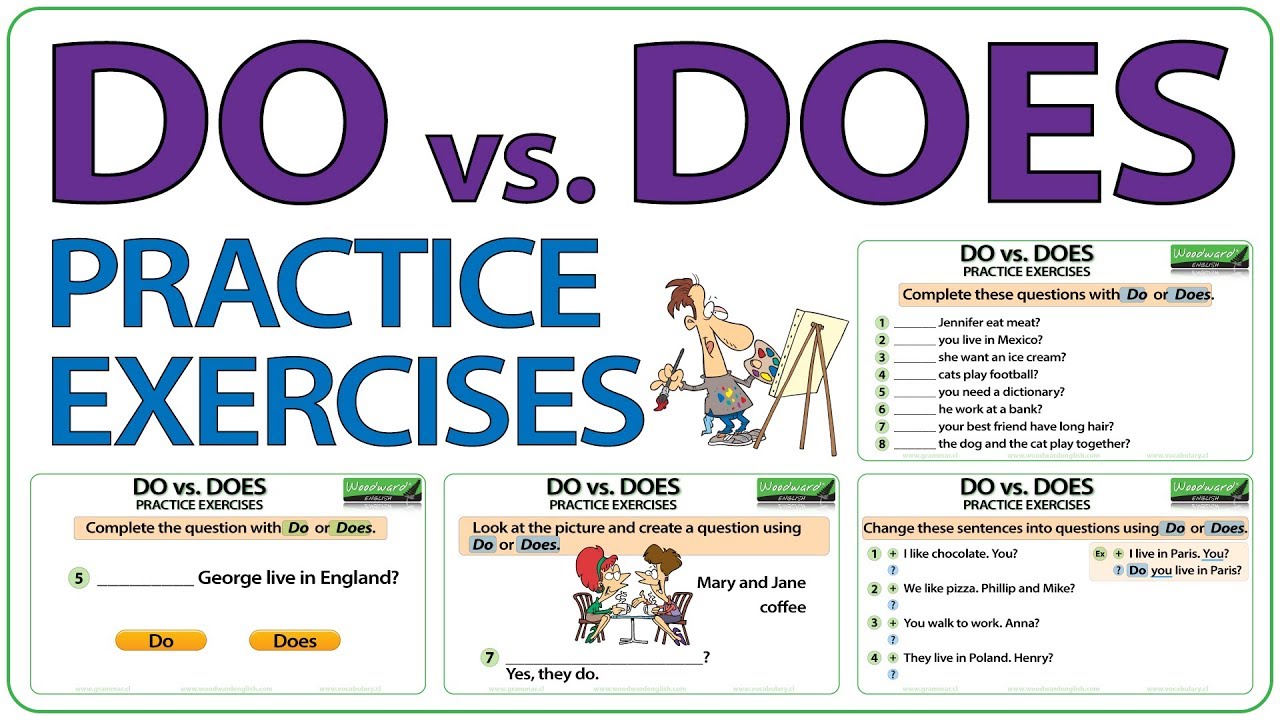How Government Intervention Saved the US Auto Industry During the 2008 Financial Crisis
Introduction
The global financial crisis of 2008 dealt a severe blow to America’s automotive industry. Dwindling consumer demand, frozen credit markets, and years of declining competitiveness placed the nation’s largest automakers-General Motors (GM), Chrysler, and Ford-at the precipice of collapse. Yet, unlike many companies that failed during the recession, the US automotive industry survived and ultimately staged a remarkable recovery. The pivotal reason for this turnaround was decisive federal intervention, which provided not just emergency funding but also imposed sweeping conditions for restructuring and long-term viability. [1] [2]
The Scale of the Crisis
By late 2008, the US automotive sector was in free fall. Car sales plummeted to their lowest levels since the early 1980s, with GM reporting a staggering $30.8 billion loss in 2008 alone. Credit markets had seized up, making it nearly impossible for car buyers to obtain loans, while the intricate network of suppliers and dealerships faced bankruptcy. Every job at the Big Three automakers supported numerous positions throughout the supply chain, so the ripple effects of a collapse would have devastated entire communities and the broader economy. [5]
Emergency Federal Assistance: The Automotive Industry Financing Program
The most critical lifeline for the US auto industry came in December 2008, when President George W. Bush approved the Automotive Industry Financing Program (AIFP) . Using executive authority under the Emergency Economic Stabilization Act of 2008, the administration allocated $17.4 billion in loans to GM and Chrysler to prevent their immediate bankruptcy, with additional funds provided in early 2009. These bridge loans were designed to buy time for the companies to develop and implement deep restructuring plans, and they were contingent on strict federal oversight and milestones. [1] [2] [3] [4]

Source: bmg-group.com
Step-by-Step: How Government Support Was Implemented
- Bridge Loans: Immediate cash infusions prevented uncontrolled bankruptcies for GM and Chrysler. These companies were given short-term financing while they prepared comprehensive restructuring plans under government supervision. [2]
- Mandatory Restructuring: Automakers were required to cut costs, renegotiate labor contracts, overhaul management, and eliminate underperforming brands. For example, GM discontinued Pontiac, Saturn, and Hummer, while Chrysler merged with Fiat. [5]
- Supplier and Warranty Support: The government allocated $5 billion to keep crucial suppliers afloat and $1.1 billion to guarantee vehicle warranties, bolstering consumer confidence during the crisis. [3]
- Continuous Oversight: The Obama administration, upon taking office, continued support but demanded visible progress on restructuring, threatening to withhold further aid or force bankruptcy if milestones were not met. [1]
The Restructuring Process: What Changed in the Industry?
The conditions attached to federal aid fundamentally reshaped the US auto industry. Both GM and Chrysler entered structured bankruptcies, allowing them to shed unprofitable assets and renegotiate labor and supplier contracts. These bankruptcies were not failures, but rather supervised reorganizations that enabled the companies to emerge stronger and more competitive. Ford, while not directly bailed out, benefited indirectly from the stabilization of the broader industry and also undertook its own restructuring.
Key changes included:
- Workforce Reductions: Tens of thousands of jobs were cut, but this painful step positioned the companies for future profitability. GM, for instance, eliminated 47,000 jobs in 2009 alone. [3]
- Brand Rationalization: Discontinuation of underperforming brands allowed resources to be focused on core, profitable models.
- Product Innovation: The crisis accelerated a shift toward more fuel-efficient vehicles, advanced manufacturing, and investments in new technologies.
- Management Overhaul: Leadership changes were mandated, and executive compensation was capped as a condition of receiving aid. [1]
Practical Guidance: Accessing Opportunities and Resources
For industry professionals, suppliers, and communities seeking to understand or replicate the recovery strategies used during the crisis, several avenues exist:
- Study Federal Support Mechanisms: The US Department of the Treasury and the White House archives provide detailed reports on the structure and outcomes of the Automotive Industry Financing Program. These documents outline the governance, milestones, and expectations tied to federal aid. You can access these by searching for “Automotive Industry Financing Program” or visiting the official White House archive and Department of Treasury websites.
- Monitor Industry Restructuring Models: The bankruptcy proceedings and restructuring plans of GM and Chrysler are public records, offering a blueprint for crisis management. Consider reviewing case studies from academic institutions such as Yale’s Program on Financial Stability or the Bryn Mawr College repository for in-depth analysis. [2] [3]
- Supplier and Dealer Support Programs: The Supplier Support Program and Warranty Commitment Program illustrate how targeted support for supply chains and consumer confidence can stabilize an entire industry. For current or future crises, these models may be adapted by contacting relevant federal agencies or industry associations for guidance.
- Community and Workforce Assistance: The American Recovery and Reinvestment Act of 2009 created resources for communities and workers impacted by the auto industry’s contraction. For information on similar programs, contact the US Department of Labor or search for “worker retraining grants” and “community economic assistance” through official government sources.
Lessons Learned and Alternative Approaches
The US government’s intervention in 2008-2009 was controversial at the time, but subsequent research and economic analysis have shown that it was pivotal in saving not just the automakers but also millions of associated jobs. Critics argued about the propriety of using taxpayer funds, but the alternative-allowing uncontrolled bankruptcies-would have caused greater economic harm. [1] [4]

Source: advogids.com
Alternative approaches discussed by policymakers at the time included:
- Allowing Market Forces Alone: Some advocated for letting GM and Chrysler fail, but this would have likely resulted in massive job losses and economic dislocation, especially in the Midwest.
- Conditional Loans Without Restructuring: Providing aid without strict conditions might have prolonged inefficiencies and delayed necessary changes.
- Greater Private Sector Involvement: Efforts were made to find private investors, but the scale of the crisis made government intervention the only viable option at the time.
Key Takeaways for Industry Stakeholders
The survival and resurgence of the US automotive industry during the Great Recession provides several actionable lessons:
- Swift, decisive government action can prevent catastrophic economic consequences, but must be paired with strict oversight and restructuring mandates.
- Stakeholder sacrifices-labor unions, management, suppliers, and even local communities-are necessary to ensure long-term viability.
- Transparency, clear milestones, and public accountability are essential in any industry-wide rescue effort.
- Restructuring in crisis often requires both painful short-term decisions and a forward-looking innovation agenda.
How to Learn More or Access Relevant Resources
To find more details, industry professionals, researchers, and members of the public should:
- Search the White House archives for “US Auto Industry Rescue Report 2011” for a comprehensive government summary.
- Review Yale’s Program on Financial Stability case studies for in-depth academic analysis of the bailout and restructuring process.
- Contact your local economic development agency or the US Department of Labor for information on current programs for affected workers and communities.
- Stay updated on industry trends and best practices by following reputable industry news sources and government publications.
References
- [1] The Resurgence of the American Automotive Industry (White House, 2011). Federal report on the auto industry recovery.
- [2] Yale Program on Financial Stability (2022). The Rescue of the US Auto Industry: Automotive Bridge Loans.
- [3] Bryn Mawr College (2012). Shifting Gears: Industrial Policy and Automotive Industry after the Crisis.
- [4] Wikipedia (2023). Effects of the 2008-2010 Automotive Industry Crisis on the United States.
- [5] CarBuzz (2024). How The Great Recession Changed The American Automotive Industry.
MORE FROM oncecoupon.com













